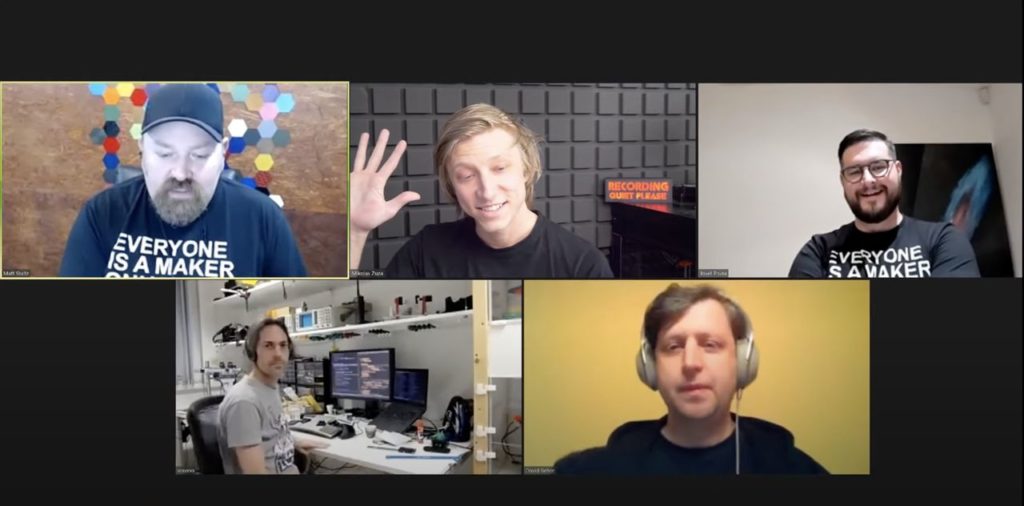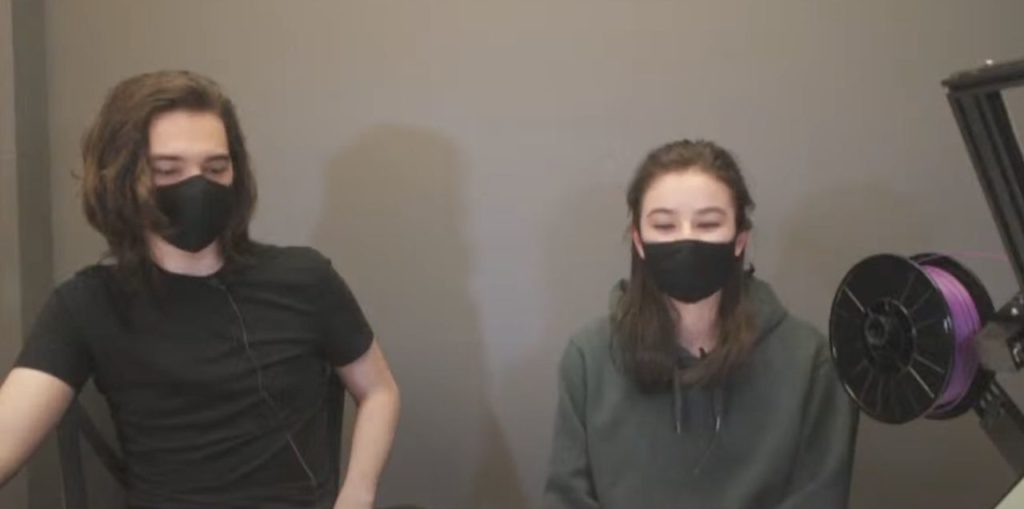
Three 3D print companies are using social media in different ways to reach their audience.
Traditionally companies would reach the public in two ways: a formal press release, or a presentation or display at a conference. More recently, the online webinar has been added to that mix. These three methods are used by virtually all companies in the 3D print space.
Most companies also have a presence on the usual popular social media platforms, typically LinkedIn, Twitter and Facebook. Most of the time the posts on these platforms simply echo the press release information or conference activities.
However, in the past year I’ve seen something different emerge from several companies, who are using very different means to reach their audiences.
Talking Additive

One company doing something very different is Ultimaker, who last year launched their popular Talking Additive podcast series, hosted by Matt Griffin. Their first 10-episode season series was delivered in 2020. This year, another 20 episodes were added, and the second season concluded this August with episode 30.
The episodes are between one to two hours in length, and spend considerable time going deep on a wide range of topics related to additive manufacturing and specifically Ultimaker. While you might hear an interview with the Ultimaker CEO or learn how to optimize Ultimaker Cura settings, you might also get tips on how to deal with digital inventory challenges or develop 3D models for manufacturing jigs.
The series also seems to have a liking for historical pieces, as they’ve recently published episodes dealing with the background of Ultimaker Cura software, as well as history of Ultimaker itself.
Ultimaker explains the series:
“Talking Additive is the 3D printing podcast where we sit down with business innovators and allies to discuss the impact of adopting additive manufacturing. What benefits can companies expect from 3D printing, and what will be possible in the future?”
Prusa Live

Prusa Research has taken a slightly different path. The company has long had a YouTube channel on which they publish usually excellent explanatory videos of procedures, tips and new product overviews.
But last year the company began adding a new type of video: Prusa Live. These one-two hour episodes appear in the Prusa YouTube stream every couple of weeks, and they’re done in live form.
The episodes are usually one to two hours in length, and involve discussions with Prusa Research founder Josef Prusa himself, other Prusa Research staff and guests from the Prusa community.
Episodes cover a variety of topics, but often focus on the details of new products from the company in a more hands-on fashion. The format is a video discussion, with talking heads floating on the screen mixed with live screenshots of software in action.
For Prusa equipment operators, this is an excellent resource to learn more about the products from those who are pushing the gear to the limit.
Perpetual Printing

3DQue may be a lot smaller than the previous two companies, but they’re also doing some innovative marketing through their weekly Friday “Perpetual Printing” live YouTube event.
Each week company founder Mateo Pekic discusses different topics related to the company’s products and achievements. For those not familiar, 3DQue’s key technology is VAAPR, a system for controlled adhesion and release for FFF 3D printers. They’ve leveraged this technology into arrays of automated 3D printing “factories” that can run nearly on their own.
They’ve also developed several upgrade kits for commonly used desktop 3D printers that can transform the devices into continuously 3D printing systems.
To demonstrate their technology, the company has been performing different tests, such as an endurance test to see how long they can print without intervention. The in-progress monitoring and eventual results of these tests are reviewed on Perpetual Printing, as well as other topics of interest to 3D printer operators.
Future 3D Print Marketing
These three companies are blazing the trail into new forms of customer contact using new media technologies. They are able to provide far deeper looks into the technology they provide and make their customers better. These new approaches all seem to be quite successful, so it will be interesting to see how other 3D printing companies react. Will we see a new series of podcasts and videos from others?
I hope so!
Via Talking Additive, Prusa / Youtube, Perpetual Printing / YouTube
